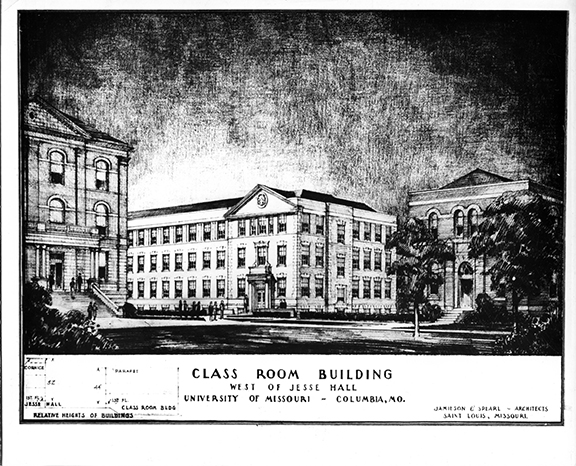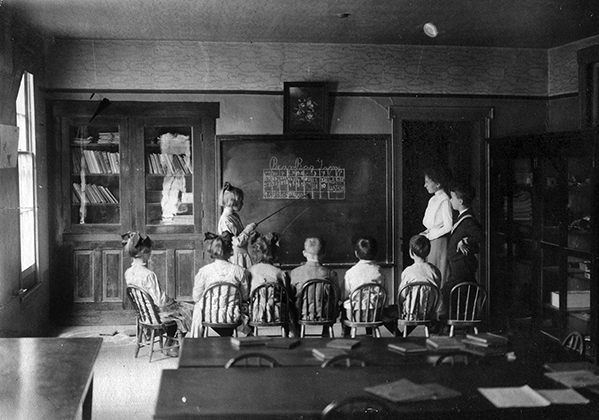Mizzou Magazine Features 150 Years of Investing In Education
Originally published in MIZZOU Magazine Fall 2018. Click here to view the complete timeline.

The University of Missouri was one of the first state universities to establish normal instruction for educators at a collegiate level, and for the past 150 years the College of Education has prepared the succeeding generations of teachers — along with policymakers, educational researchers, guidance counselors, school psychologists, administrators, librarians, user-experience experts, leaders and scholars.
“People assume our only programs are related to the teaching workforce,” says Dean Kathryn Chval. “That’s an important part of what we do, but they don’t recognize the diversity of our five academic units or our many outreach programs.” For instance, Adventure Club, ParentLink, Mizzou K–12, and the Hook Center for Educational Leadership and District Renewal are community programs that support the college’s mission.
To celebrate the college’s history and its foundation for the next 150 years, staff created a timeline that highlights when A. Sterl Artley, author of the famous Dick and Jane series, joined MU’s faculty; when Norm Gysbers, known today as the “father of school guidance programs,” pioneered the practice; and when Associate Professor Tom Kochtanek taught the first online course at the University of Missouri, “Information Science 334, Library Information Systems.” View the timeline at education.missouri.edu.wp-all-import-kl5ndwy-5nxfrm2z3gt2o.us-2.platformsh.site/150. — Kelsey Allen, BA, BJ ’10

Captions: Construction of Hill Hall, named for A. Ross Hill, dean of the College of Education from 1903 to 1907 and president of the university from 1908 to 1921, was completed in 1952. The University Lab School, an on-campus elementary and high school established to provide classroom experience for teachers in training and a venue for educational experimentation, was re-established in 1904.